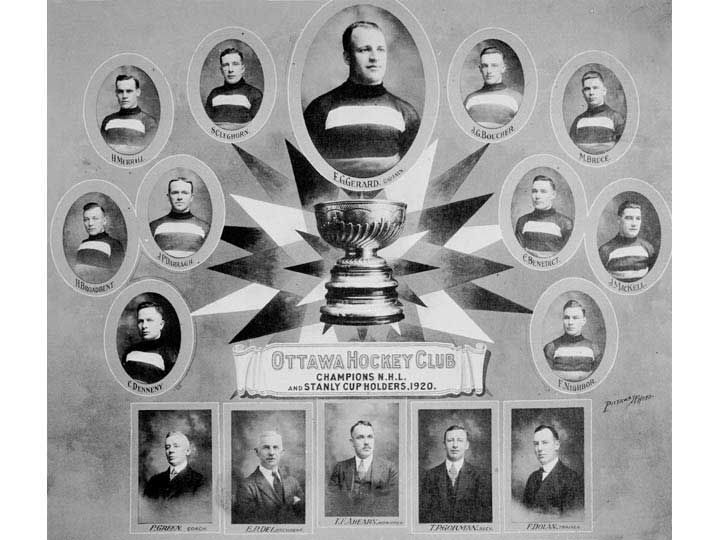Headline – Is there a future for Quebec?
When we last left the Quebec Athletics, they were 3-17-0 on the season, drawing flies, and serving as the league’s doormat. Their last four games in March could have some meaning, though. They have the league’s best scorer, Joe Malone. They could string a couple of wins together, maybe show their fans that they’re committed to building a contender in the coming months. It starts with their first game, a March 3rd tilt at home with the Canadiens. Let’s see how that went:

Ah.
Yeah, there’s no hope for them. So what can be done to save this team? It’d be terrible for the NHL to lose a third franchise in the first three years of it’s existence. Granted, the Quebec Arena didn’t burn down, and their ownership isn’t being contested by a prickly man who actually has a legal beef. The Athletics are just bad.
This franchise as it’s built may not be salvageable. They need help from owners who have deep pockets and are ready to invest in stronger players, maybe a great new arena to bring fans in, who knows? They definitely have a drawing card in Joe Malone, but there’s nothing else on this team that’s worth watching.
That probably gives us the only logical conclusion for the Athletics: getting sold to someone who is willing to put the work in. This fix isn’t a short one. Hopefully this won’t end in a three team league next year.
Story of the Series – 1920 Stanley Cup Finals
The other obvious news was the Senators representing the NHL in the Cup Final. They ran away with the second half title (no one was anywhere near contesting them), eliminating the need for a playoff series. So they advanced straight to the Final against the PCHA champions, which yet again is the Seattle Metropolitans.
The tournament was scheduled to be played in the NHL’s city this time around, much to the annoyance of Seattle’s management, who wasn’t able to get a conclusion to their series last season. Ultimately, they reneged, and the series began in Ottawa late in March. Both teams use barber-pole style sweaters, so the Senators wore white to differentiate between the teams.
The problem with playing games on natural ice surfaces late in March is obvious to most. The warm weather began to melt the ice, and pools of water began developing around the rink. The slushy conditions favored the Senators, who played a defense-first style anyway. So it came to everyone’s surprise that Seattle’s Frank Foyston scored the first two goals of Game 1. Frank Nighbor tied it up with a goal late in the second and midway through the third, and Jack Darragh put away the winner with just four minutes left for Ottawa.
The second game was similar to the first, in that the ice was very wet and slushy. Under PCHA rules, the teams used a seventh player on the ice, which didn’t improve conditions. The Senators got an early goal by Darragh that held up the whole way, with Ottawa taking Game 2 3-0.
Game 3 had possibly the worst ice conditions yet. Frank Foyston managed to score a couple of goals, and Roy Rickey iced (slushed) the game away with a late goal to get the Metropolitans on the board in the series.
After that game, everyone involved agreed that The Arena’s ice surface was inadequate for hockey’s greatest trophy, and the series was shifted to the only NHL arena with artificial ice, Toronto’s Arena Gardens.
With a fresh sheet of ice, and PCHA rules, Seattle ran away with Game 4, winning 5-2. The Metropolitans were now at the precipice of a massive upset. Seattle finished their season just 12-10-0, and snuck into the Finals by winning a tight playoff series with Vancouver. The Senators were the best team in all of hockey this year, and it wasn’t even close.
Game 5 began with a goal by Seattle’s Bobby Rowe, answered quickly by Georges Boucher four minutes later. The score remained 1-1 until the third period, where the Senators blew the game wide open. Jack Darragh opened the scoring in the period, then completed a hat trick later in the period. The Sens sprinkled in goals by Eddie Gerard and Frank Nighbor, and were awarded the Stanley Cup for their efforts in a 6-1 deciding win.

